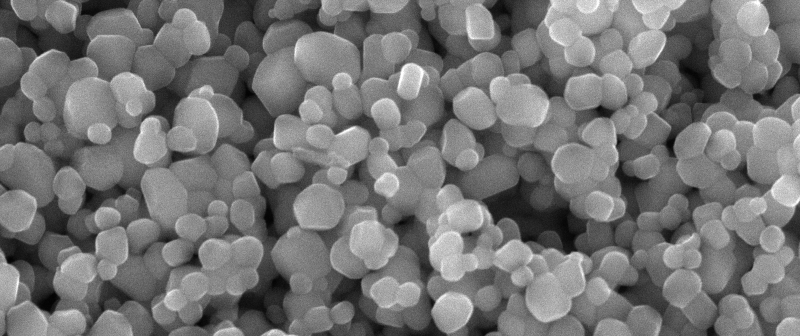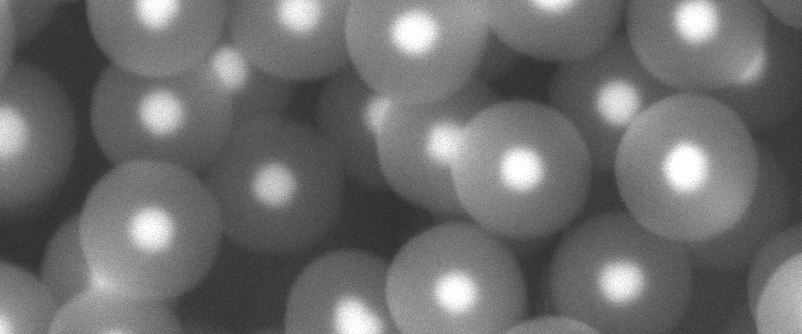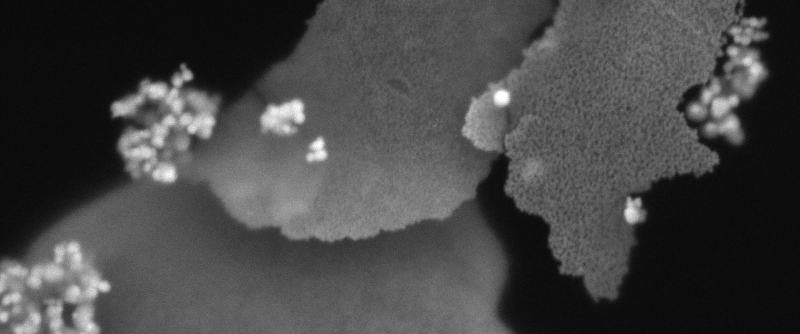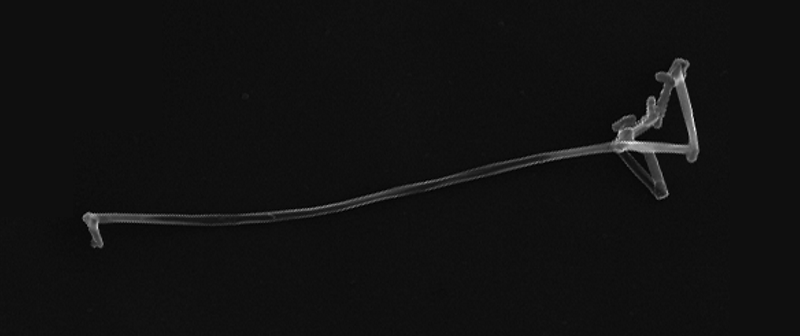Particles in food and cosmetic products: silicon dioxide and titanium dioxide
- Nanoparticle separation from the matrix.
- Electron microscopy for primary particle size and shape analysis.
- Material detection using elemental analysis.
- Light scattering techniques to study colloidal stability and colloidal size.




